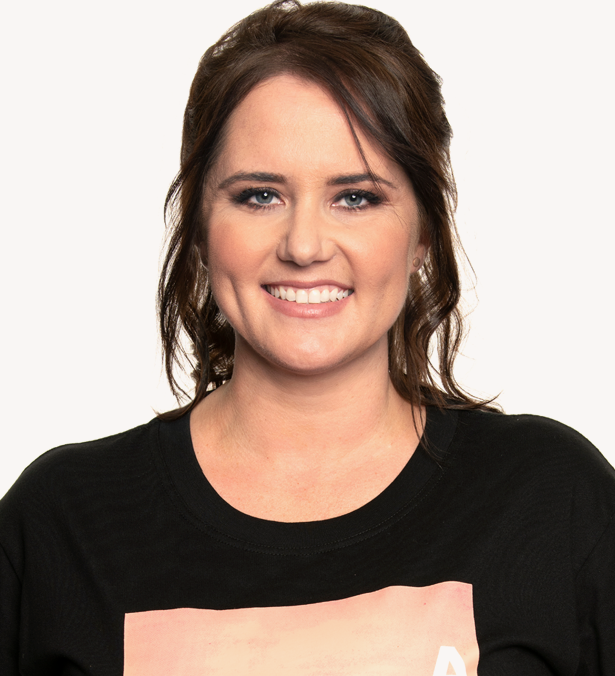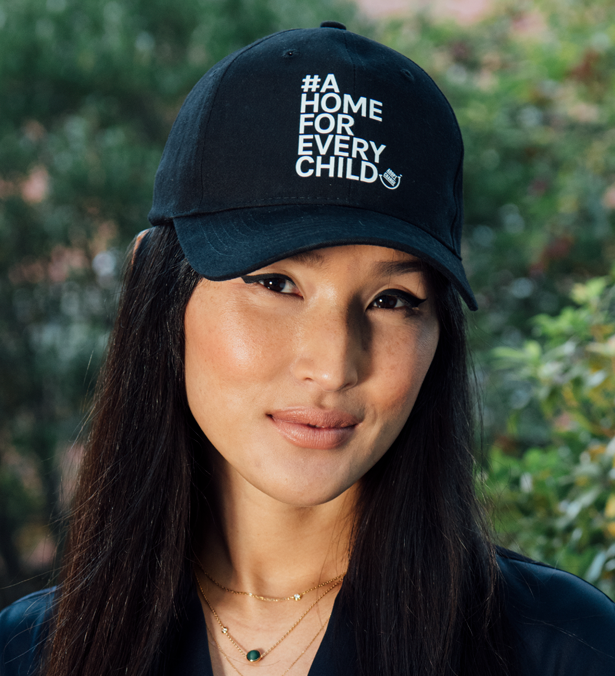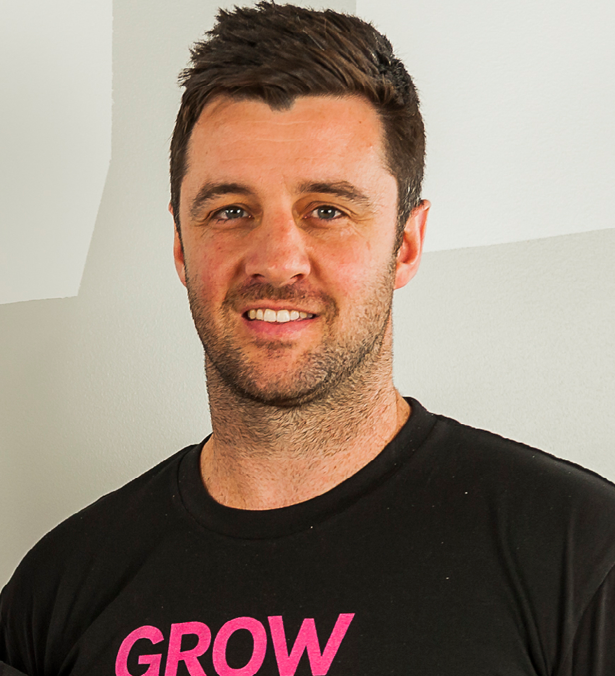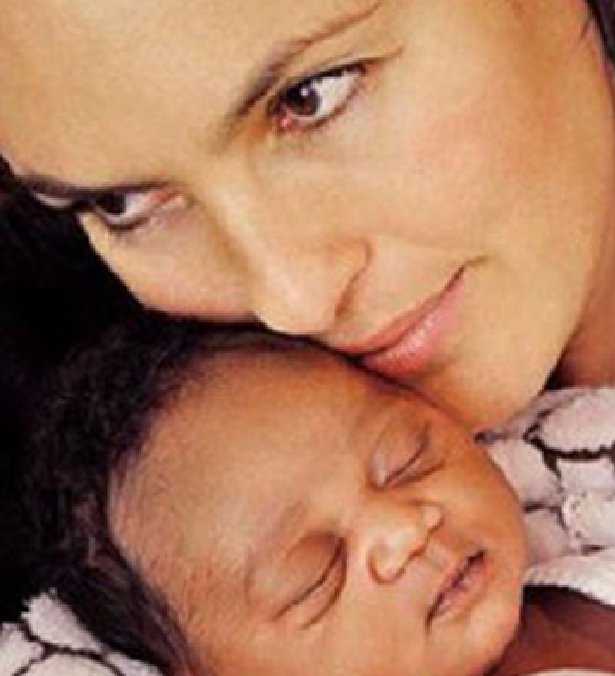Adoption numbers down due to reduction in adoptions from foster care, highlighting the importance of ensuring permanency is provided to children who cannot return home
The Australian Institute of Health and Welfare (AIHW) report, ‘Adoptions Australia’ shows a decrease
in adoptions in the past year from 334 in 2019/20 (the highest number on record in recent years) to 264 finalised in 2020/21. This figure is the lowest number on record and shows a concerning decline especially in carer homes for children who are not able to remain safely with their family of origin. Known child adoptions, many of which are adoptions by foster carers, was down 27% from last year.
Australia, 4 December 2021: The AIHW released their annual report into Adoptions in Australia today showing a decrease in all adoptions in Australia to 264, the lowest number on record. The number of known child adoptions, where the child is known to the adoptive parent, had a decrease of 27% from 249 in 2019/20 to 183 in 2020/21. Despite known child adoption remaining the largest category of adoption in Australia for the reporting period – accounting for 69% of finalised adoptions overall – and figures up considerably compared to 20 years ago, the decrease is particularly alarming given that 46,000 children currently live in the out of home care system in Australia, many of whom may benefit from the permanency of adoption.
Whether this decrease is a side effect of COVID is yet to be determined. The report states, “The long-term impact of COVID-19 on adoption processes is still unknown.” Yet the pandemic environment has created a time when providing a safe, secure and nurturing home for all children and young people is most crucial.
Adopt Change CEO Renée Carter said, “To see adoption numbers reduce to 264 is concerning. We know there has been an impact from the COVID environment, however permanency is more important than ever. There are not enough carer homes for children who are not able to remain safely with their family of origin, and there are not enough children being provided with the stability of adoption when they have been living with a family for many years.
The reduction of adoptions results primarily from less adoption from foster care compared to last year, where we had seen an increase. While COVID has impacted the child welfare space, we need to ensure that providing secure home environments is very high on the agenda. It is critical that we recognise our responsibility to provide a home for every child.”
Intercountry Adoptions were deemed by the report as “relatively stable” with “an overall pattern of decline”. There were 42 intercountry adoptions finalised this year (16% of all adoptions) up from 37 in 2019/20. Once again almost all intercountry adoptions came from Asian countries: Taiwan (36%), South Korea (29%) and Thailand (14%).
There were 39 local adoptions, where children born or permanently living in Australia are adopted into unknown families, in Australia during 2020/21. “With some fluctuations, the number of local adoptions has steadily fallen from 107 in 2001-02 to 39 in 2020-21,” said AIHW spokesperson Dinesh Indraharan. Overall this was a 19% decrease from the 48 local adoptions in 2019/20.
Adopt Change released its 2021 National Recommendations Paper on 30 November. These recommendations included ‘The need for jurisdictions to implement strategies to improve timeliness in permanency decisions.’
The Adopt Change National Recommendations Paper states, “Family preservation or restoration are the preferable options for keeping children with family. When this is not safe or possible, other permanency options based on the best interests of the individual child or young person need to be available – including Guardianship / Permanent Care Orders and Adoption.” It was recommended that a two-year timeframe be given for a permanent case-plan goal. See the full recommendations paper here
Renee Carter said, “Child protection is about what is in the best interests of the child. Ultimately for a child to stay home or return home is the best outcome, but permanency and timeliness are of utmost importance. The effects of COVID cannot be dismissed, however the focus must be on ensuring safe, nurturing homes for the 46,000 children in Australia currently living in the out-of-home care system.”
~ END ~







































